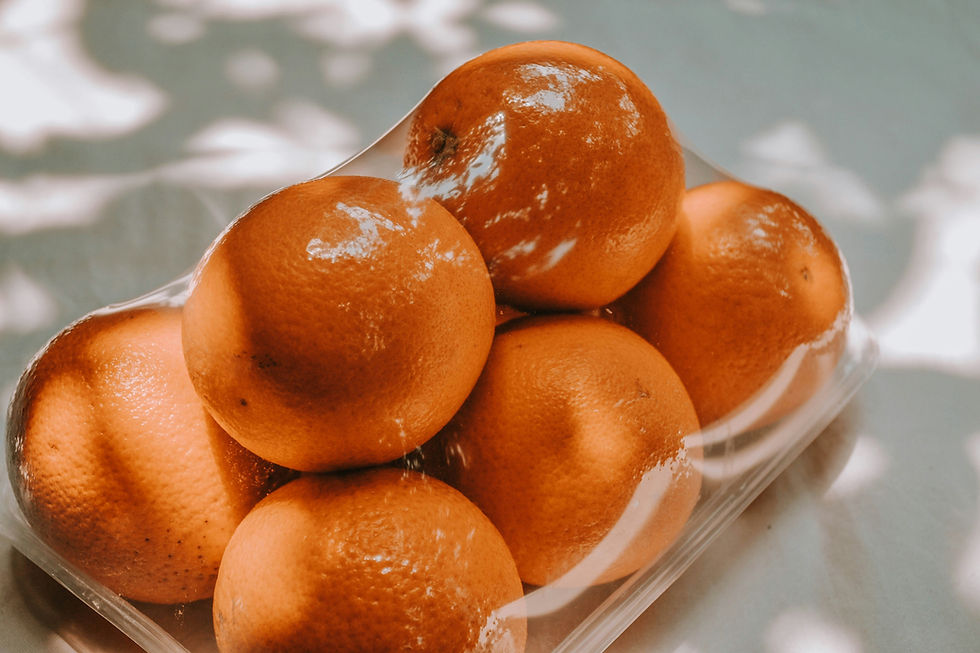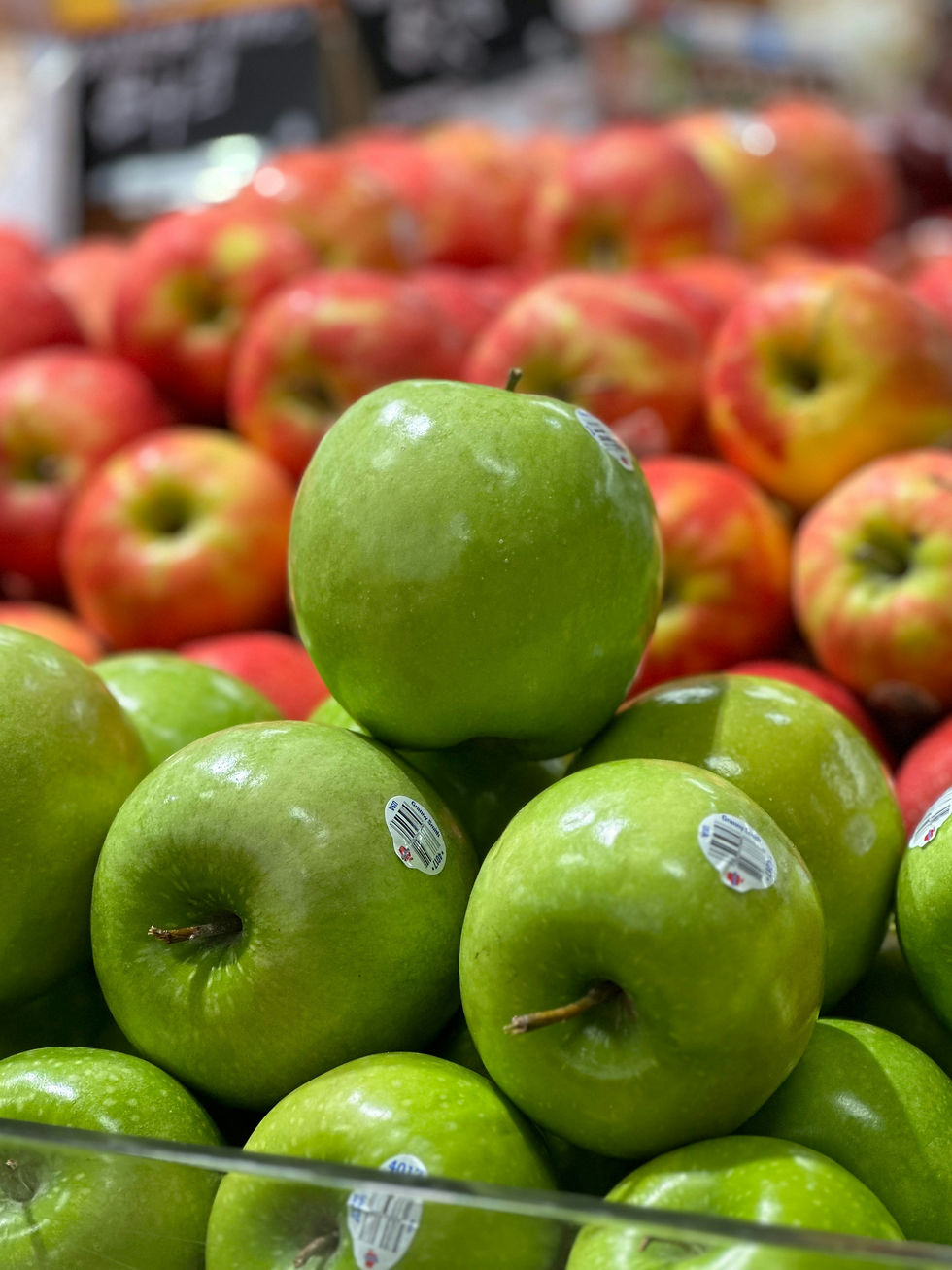Biodegradable Chitosan-Based Packaging: A Sustainable Alternative to Plastics
- Entoplast

- Sep 4
- 6 min read

Introduction
The escalating global concern over plastic pollution has spurred an urgent demand for sustainable alternatives in various industries, particularly in packaging. Traditional petroleum-based plastics, while offering convenience and durability, contribute significantly to environmental degradation, accumulating in ecosystems and posing long-term threats to biodiversity and human health. In response to this critical challenge, the scientific community and industry experts are increasingly turning their attention to biopolymers derived from natural sources. Among these, chitosan stands out as a highly promising candidate, offering a compelling solution for developing eco-friendly packaging materials. This article delves into the transformative potential of biodegradable chitosan-based packaging, exploring its scientific underpinnings, diverse applications, and profound benefits as a sustainable alternative to conventional plastics. We will examine how chitosan, a versatile biopolymer, can contribute to a circular economy.
The Science of Chitosan: Properties for Sustainable Packaging
Chitosan, a linear polysaccharide composed of randomly distributed β-(1→4)-linked D-glucosamine (deacetylated unit) and N-acetyl-D-glucosamine (acetylated unit), is derived from chitin, the second most abundant natural polymer after cellulose (Priyadarshi & Rhim, 2020). Chitin is primarily sourced from the exoskeletons of crustaceans (such as shrimp, crab, and lobster), as well as from insects and fungi, making chitosan a renewable and abundant biopolymer (Stefanowska et al., 2023). The unique properties of chitosan, particularly its polycationic nature in acidic solutions due to the presence of amino groups, confer a wide range of functionalities crucial for packaging applications.
Key properties that make chitosan an excellent candidate for sustainable packaging include:

Biodegradability and Biocompatibility:
Chitosan is fully biodegradable and biocompatible, breaking down into harmless natural compounds in the environment. This addresses the persistent pollution issues associated with petroleum-based plastics, which can take hundreds of years to degrade (Liu et al., 2022). Studies have shown that chitosan films can degrade completely in soil within weeks, with soil microorganisms utilising them as a source of carbon and nitrogen (Stefanowska et al., 2023).
Antimicrobial and Antifungal Activity: One of the most significant advantages of chitosan in packaging is its inherent broad-spectrum antimicrobial and antifungal properties (Ke et al., 2021). The positively charged amino groups in chitosan interact with the negatively charged components of microbial cell membranes, leading to membrane disruption, leakage of intracellular contents, and ultimately cell death (Cazón & Vázquez, 2021). This activity helps to inhibit the growth of spoilage-causing bacteria, yeasts, and molds, thereby extending the shelf-life of packaged food products (Stefanowska et al., 2023).
Barrier Properties: Chitosan films exhibit promising barrier properties against gases like oxygen and carbon dioxide, as well as against moisture and UV light (Priyadarshi & Rhim, 2020). While pure chitosan films may have moderate water resistance, their barrier capabilities can be significantly enhanced through modifications and the incorporation of various additives. Effective oxygen barriers are crucial for preventing oxidation and spoilage of oxygen-sensitive foods.
Film-Forming Ability: Chitosan can be processed into flexible, transparent films through various methods, including casting and extrusion (Cazón & Vázquez, 2021). These films can be used as standalone packaging materials or as coatings on other substrates. The ability to form coherent and stable films is fundamental for practical packaging applications.
Non-toxicity and Edibility: Chitosan is non-toxic and, in many forms, edible, making it safe for direct contact with food products. This characteristic opens avenues for edible coatings and wraps that can be consumed along with the food, further reducing packaging waste.
These intrinsic properties, coupled with the potential for modification, position chitosan as a versatile and environmentally responsible material for the next generation of packaging solutions.
Applications in Biodegradable Chitosan-Based Packaging

Films and Wraps:
Chitosan-based films and wraps serve as direct replacements for conventional plastic films, particularly in food packaging. These films can be engineered to possess varying degrees of flexibility, transparency, and strength. For instance, studies have demonstrated the efficacy of chitosan films in preserving fresh produce, meats, and seafood by reducing moisture loss, inhibiting microbial growth, and maintaining sensory qualities (Stefanowska et al., 2023). The film-forming ability of chitosan allows for the creation of thin, protective layers that can significantly extend the shelf-life of perishable goods. The biodegradability of these films ensures that they break down naturally after use, minimising environmental impact.
Active Packaging Systems: Chitosan's inherent antimicrobial and antioxidant properties are leveraged in active packaging systems. By incorporating chitosan directly into packaging materials or applying it as a coating, the packaging actively interacts with the food product or its surrounding environment to enhance preservation. For example, chitosan-coated packaging can release antimicrobial compounds that inhibit the growth of bacteria and fungi on the food surface, thereby preventing spoilage (Cazón & Vázquez, 2021). The addition of natural additives such as essential oils, plant extracts, or nanoparticles can further augment these active properties, creating synergistic effects that provide superior protection against degradation (Stefanowska et al., 2023). This approach not only extends shelf-life but also reduces the need for chemical preservatives in food.
Intelligent Packaging Systems: Beyond active preservation, chitosan can be integrated into intelligent packaging systems that monitor the condition of packaged food or its environment. Chitosan-based pH-indicator films, for instance, can change color in response to changes in food freshness, providing a visual cue to consumers about the product's quality (Cazón & Vázquez, 2021). This real-time monitoring capability can significantly reduce food waste by allowing consumers to make informed decisions about consumption, moving beyond arbitrary 'best before' dates. The development of such intelligent systems represents a significant step towards more efficient and sustainable food supply chains.
Edible Coatings:

Chitosan's non-toxicity and edibility make it an ideal material for edible coatings applied directly to food surfaces. These coatings provide a protective barrier that reduces respiration rates, minimises moisture loss, and prevents microbial contamination, all while being safe for consumption (Stefanowska et al., 2023). Edible chitosan coatings have been successfully applied to fruits, vegetables, and even processed foods, offering a natural and sustainable way to extend freshness and reduce the need for external packaging. This approach aligns perfectly with the principles of a circular economy, where packaging becomes part of the product itself
Comparison with Traditional Plastics: While traditional plastics offer superior mechanical and barrier properties in some aspects, chitosan-based packaging presents a compelling sustainable alternative. The primary advantage lies in its biodegradability and renewable sourcing, directly addressing the environmental crisis caused by plastic accumulation. Although some mechanical and barrier properties of pure chitosan films may be inferior to synthetic plastics, ongoing research and modification techniques are rapidly closing this gap (Liu et al., 2022). The ability to enhance chitosan's properties through composite formation and the incorporation of various additives means that chitosan-based solutions can increasingly match or even surpass the performance of traditional plastics in specific applications, all while offering a significantly reduced environmental footprint.
Conclusion: Entoplast – Your Partner in Sustainable Chitosan Innovation
The imperative for sustainable packaging solutions has never been more urgent, and biodegradable chitosan-based materials offer a powerful answer to the environmental challenges posed by conventional plastics. From its inherent biodegradability and potent antimicrobial properties to its versatile film-forming capabilities and potential for intelligent applications, chitosan stands as a testament to nature's ability to provide innovative solutions for a greener future. The ongoing research and development in enhancing chitosan's mechanical and barrier properties, often through synergistic combinations with natural additives, are rapidly expanding its applicability across diverse industries.
At Entoplast, we are at the forefront of this technology. As a leading UK-based manufacturer of high-quality chitin and chitosan, we are committed to unlocking the full potential of this remarkable biopolymer. Our expertise in chitosan production, coupled with a deep understanding of its scientific intricacies, positions us as the ideal partner for companies seeking to integrate sustainable, high-performance packaging solutions into their product lines. We believe that collaboration is key to driving innovation and achieving a truly circular economy.
We invite scientists, academics, and industry experts to explore the transformative possibilities of chitosan with Entoplast. Whether you are looking to develop novel biodegradable packaging, enhance product shelf-life with natural antimicrobial agents, or invest in cutting-edge biomaterial research, Entoplast offers unparalleled quality, scientific rigor, and a commitment to sustainability. Contact us today to discuss how our premium chitosan products and expert insights can help you innovate, differentiate, and lead in the rapidly evolving landscape of sustainable materials.






Comments